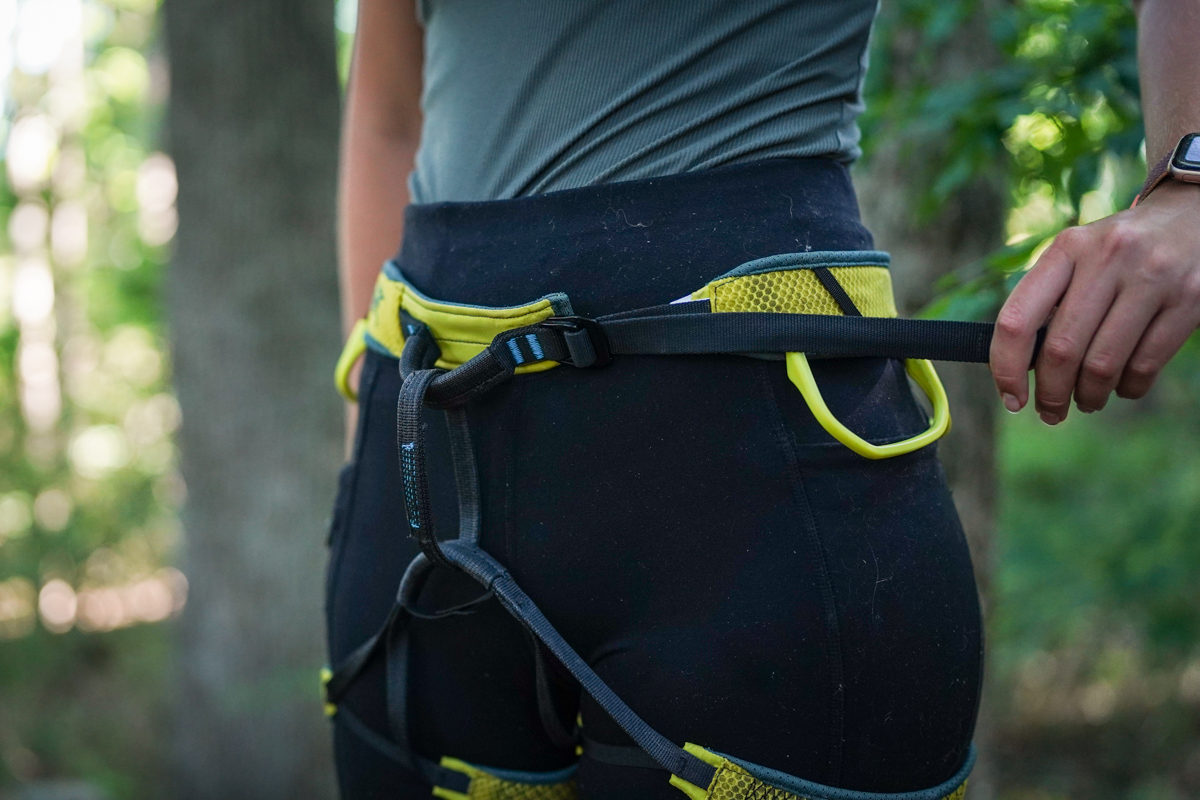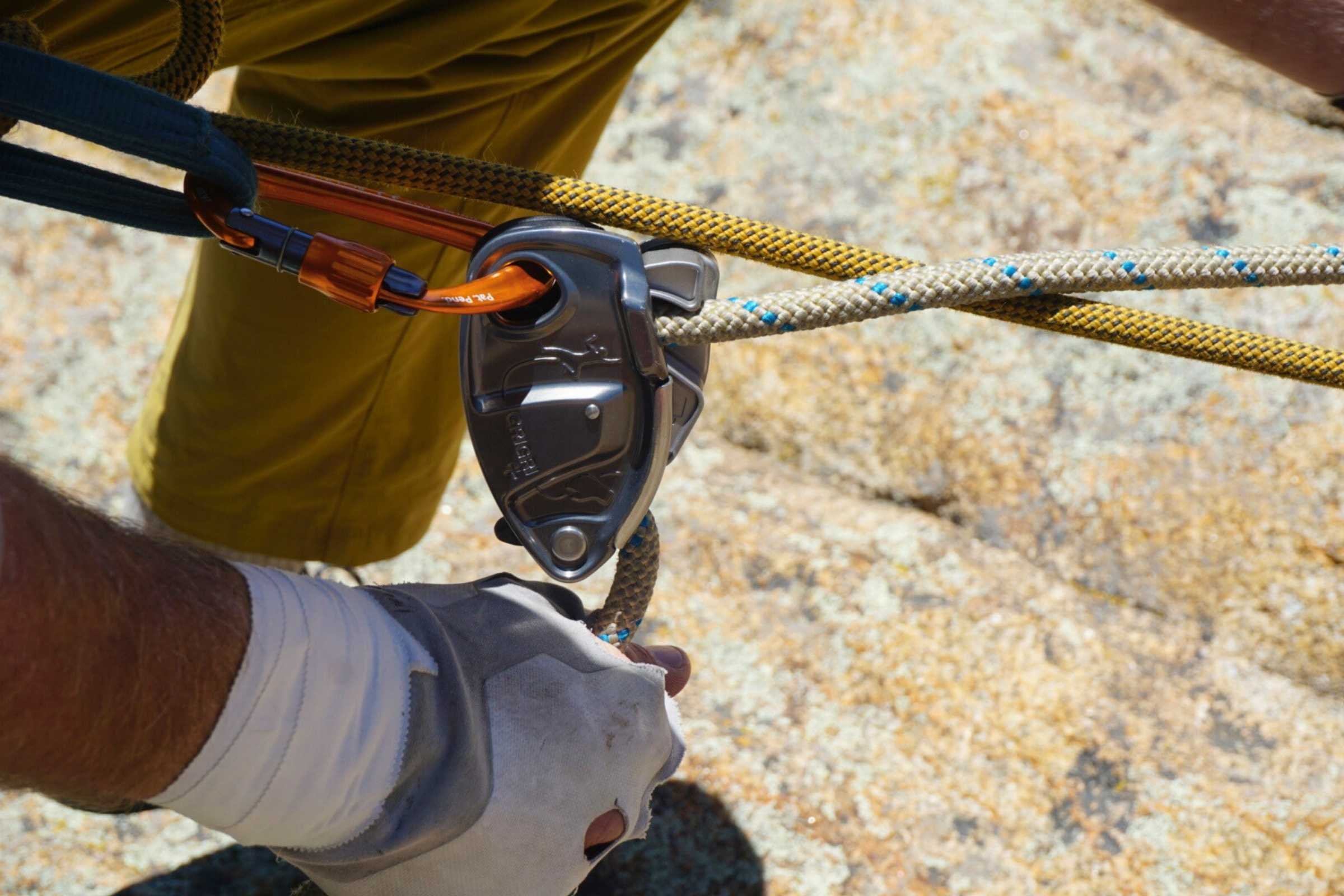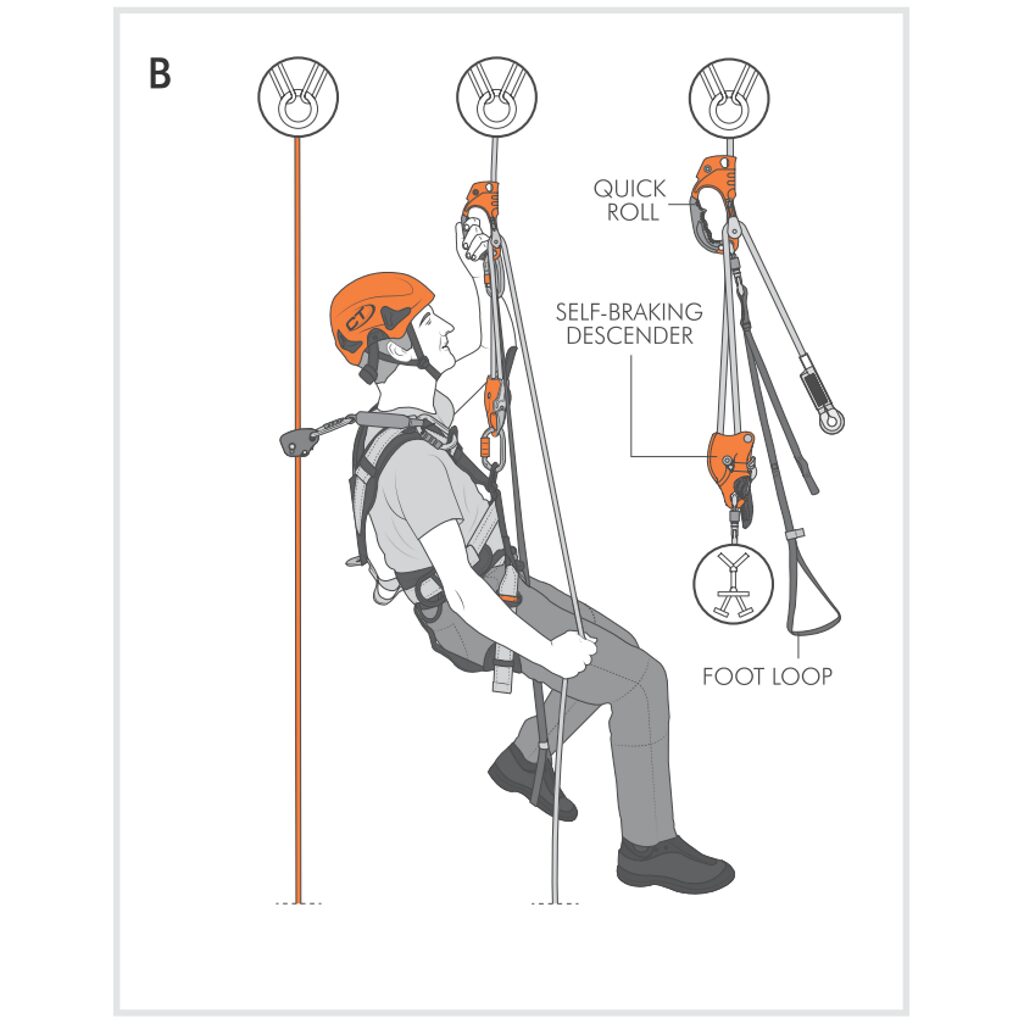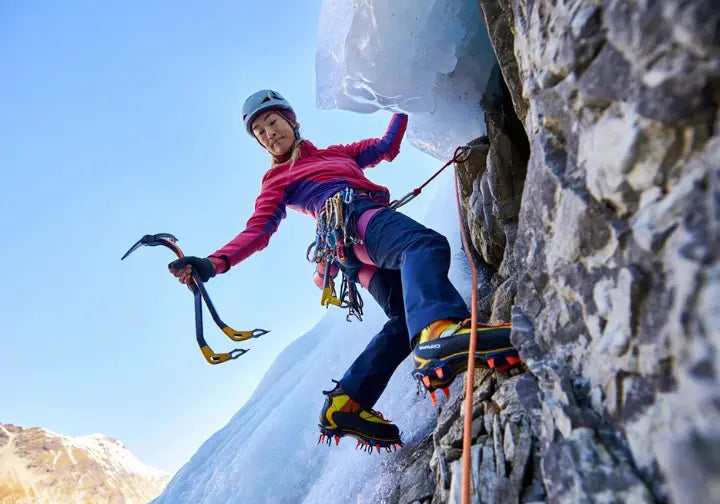As the seasons change, so do the challenges and gear requirements of climbing. Transitioning from rock climbing in warmer months to ice or mixed climbing in winter requires careful planning, the right equipment, and an understanding of how to adapt your climbing techniques. At Vertical Addiction, we provide climbers with a full range of seasonal gear and expert advice to ensure safety and performance in all conditions.
This guide will help you build a complete seasonal setup, from harnesses and ropes to protection and accessories, and prepare you for the unique demands of ice and mixed climbing.
Understanding Seasonal Climbing Transitions

The transition from rock to ice climbing is not just about colder temperatures—it’s about the terrain, gear requirements, and risk factors.
-
Rock climbing: Focuses on friction, route navigation, and dynamic movement. Gear is optimized for bolts, anchors, and climbing walls.
-
Ice climbing: Involves vertical or near-vertical ice surfaces, requiring specialized tools, crampons, and ice-specific protection.
-
Mixed climbing: Combines rock, ice, and snow, requiring a versatile rack and advanced techniques for secure climbing.
Understanding these differences is critical to selecting the right equipment and building a safe climbing system.
Seasonal Gear Essentials
1. Harnesses

A reliable harness is the foundation for any climb. For winter and mixed climbs, consider a harness that provides comfort under layers and can carry extra gear. Shop our full harness collection for sport, trad, and alpine models.
Tips:
-
Lightweight sport harnesses are suitable for gym and rock climbs.
-
Padded all-day harnesses with multiple gear loops are ideal for ice and mixed climbing where extended hangs and heavy loads are common.
2. Belay Devices & Accessories

Belaying on ice and mixed terrain requires smooth operation and control. Our belay devices and belay accessories include assisted-braking devices and tube-style options suitable for various rope diameters, making them ideal for seasonal transitions.
Must-have:
-
Locking carabiners compatible with your belay device.
-
Gloves or belay mitts to protect hands from cold while maintaining control.
3. Carabiners & Quickdraws

Versatility is key when moving from rock to ice or mixed routes. Lightweight carabiners and quickdraws work for both sport and alpine anchors, while locking carabiners are essential for secure ice or mixed belays.
Pro Tip: Keep extra carabiners for building complex anchors in multi-pitch winter climbs.
4. Ropes & Rope Bags

Rope choice is critical when temperatures drop. A dynamic rope remains essential for catching falls, while a static rope may be used for rappels and hauling. Protect your rope from snow, ice, and abrasion with a rope bag.
Reference: For more on rope selection and care, see Climbing Rope Care and Selection: Dynamic vs. Static, Diameter, and Length Considerations.
5. Protection Gear
Seasonal climbing often requires a wider variety of protection:
-
Rock protection: Nuts, cams, and bolts for traditional routes.
-
Ice protection: Ice screws and anchors specifically designed for frozen terrain.
-
Mixed climbing: Combination of rock and ice gear for variable conditions.
Browse our protection gear to assemble a comprehensive seasonal rack.
6. Helmets

Protect your head from falling ice, rocks, and gear with a durable climbing helmet. Ventilation and fit are important, especially when wearing extra layers or winter hats underneath.
7. Ascenders, Descenders & Pulleys

Ice and mixed climbing often involve complex rope systems for hauling and rappelling. Our ascenders, descenders, and pulleys ensure smooth rope management and safety in challenging conditions.
8. Slings & Webbing

Slings and webbing are essential for anchor building, extending protection, and reducing rope drag. For seasonal climbs, they can help bridge rock and ice protection points. Check out our slings and webbing collection for versatile options.
9. Chalk & Chalk Bags

Maintaining grip on cold, wet, or mixed terrain can be difficult. Use chalk and chalk bags to keep hands dry and improve control. While ice climbing relies more on tools than friction, rock sections in mixed climbs benefit from chalk.
10. Rock Climbing Accessories
Brushes, nut tools, tape, and other rock climbing accessories become critical when transitioning routes or cleaning gear during seasonal climbs.
11. Training Gear
Off-season training ensures that your strength and endurance remain high for ice and mixed climbing. Shop our training equipment for hangboards, grip trainers, and finger strength tools.
Adapting Your Rack for Seasonal Climbing
Transitioning from rock to ice or mixed routes often requires updating your rack:
-
Add ice screws, technical cams, and specialized anchors for frozen terrain.
-
Include slings and webbing to extend placements in variable conditions.
-
Ensure ropes and belay devices are compatible with cold weather operations.
For guidance on building a complete rack, see Complete Climbing Gear Guide: Building Your First Rack for Sport vs. Trad Climbing.
Tips for Seasonal Safety
-
Layer appropriately: Wear moisture-wicking and insulating layers to stay warm without restricting movement.
-
Check gear compatibility: Cold weather can affect rope handling, belay devices, and protection placements.
-
Inspect ice and snow conditions: Understand seasonal hazards such as icefall, avalanches, and unstable mixed terrain.
-
Plan for redundancy: Bring extra protection, ropes, and slings to mitigate risk in complex winter routes.
Storing and Caring for Gear During Seasonal Transitions
Seasonal changes require extra attention to gear maintenance:
-
Ropes: Store ropes dry and out of direct sunlight; inspect frequently for fraying or core damage.
-
Hardware: Keep carabiners, cams, and protection free from rust or ice buildup.
-
Harnesses and slings: Wash and dry properly to maintain strength and flexibility.
Proper maintenance ensures your gear is ready for both summer and winter climbs.
Shopping Seasonal Climbing Gear at Vertical Addiction
At Vertical Addiction, we stock a full range of seasonal climbing gear to help you transition seamlessly from rock to ice or mixed routes:
No matter your climbing style or seasonal objective, Vertical Addiction provides gear that is reliable, durable, and suited for extreme conditions.
Final Thoughts
Transitioning from rock climbing to ice and mixed climbing requires thoughtful gear selection, proper preparation, and attention to safety. By adapting your rack with the right protection, ropes, and hardware, you can tackle challenging seasonal routes confidently.
For more detailed guidance, check out our other posts: Complete Climbing Gear Guide: Building Your First Rack for Sport vs. Trad Climbing and Climbing Rope Care and Selection: Dynamic vs. Static, Diameter, and Length Considerations.
With the right seasonal gear from Vertical Addiction, you’ll be prepared to climb safely, efficiently, and confidently all year long.






